Why Quiet Support Builds the Strongest Legacies in Art
When people talk about support in the art world, they usually picture the visible kind. Names on gallery walls, sponsorship banners at museum openings, extravagant dinners where the cheque is as much about recognition as generosity. It creates a sense of grandeur, but grandeur has a short memory. Once the event is over, the story moves on, and the support is swallowed by whatever comes next.
Quiet support looks unremarkable from the outside, but it’s the reason much of the art we now admire even exists. It’s not designed for headlines. It happens quietly, privately, sometimes even invisibly, and yet its impact carries further than most public gestures ever will. Artists don’t survive on applause; they survive on stability. That stability almost always comes from people who are prepared to support without making the story about themselves.
In a culture that rewards visibility at every turn, choosing discretion seems counterintuitive. But the collectors and patrons who are serious about legacy already know the truth. Loud gestures fade. What lasts is the work that was built quietly, supported steadily, and given the space to endure.

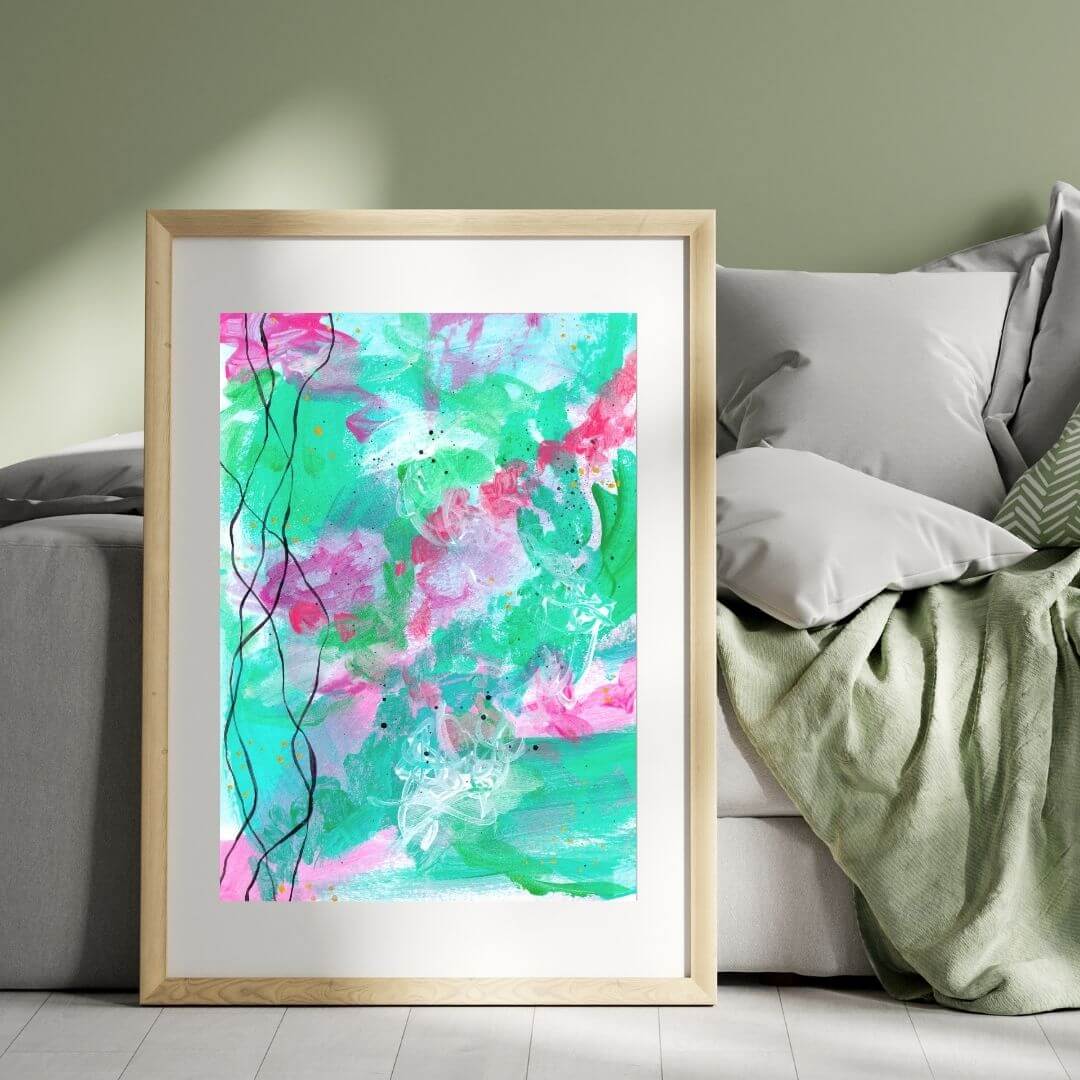
Legacy Isn’t Built In The Headlines
Headlines are designed to vanish. They give a burst of attention, then get replaced by the next announcement. Legacy doesn’t work that way. It’s built slowly, through consistency and presence, and rarely looks exciting at first.
Visibility Doesn’t Equal Endurance
Art history is littered with movements that burned brightly and disappeared just as quickly. The work was fashionable, loud, sometimes even radical for its moment, and now barely anyone remembers. By contrast, the pieces that still resonate with us centuries later were rarely carried by noise. They were supported steadily, often in private, by people who understood that endurance matters more than excitement.
Presence Outlasts Publicity
Collectors who think seriously about legacy already know this. They aren’t swayed by a press mention or a trend. They are looking for work that will keep anchoring a room long after anyone remembers its market value. Presence lasts. Hype doesn’t.
Legacy As Lived Experience
Real legacy isn’t about being everywhere. It’s about being somewhere, consistently, over time. A painting that shapes the way a family lives with it in private, across generations, holds a stronger legacy than any headline ever could.
The History Of Quiet Patronage
If you trace back the work that still shapes us today, you’ll find quiet support behind it. The artists we now consider untouchable only had the space to create because someone decided to support them without making themselves the centre of the story.
The Hidden Scaffolding Of Art History
The Renaissance is the obvious example. We remember the Sistine Chapel ceiling, not the financial scaffolding that allowed it to exist. The art became the story. The support quietly held it in place. That pattern repeats across centuries.
Private Circles Built Culture
Behind every enduring movement, there were buyers, backers, or small networks making sure the work could go on. They weren’t always wealthy dynasties either. Sometimes they were private circles of people who simply believed the work needed to exist. Their names are mostly forgotten, but the culture they enabled is not.
What This Means Now
The pattern is clear: art that lasts is supported quietly, not theatrically. Modern collectors who care about building something that endures don’t need to reinvent the wheel. They can look at history and see that discretion and steadiness have always been stronger foundations than spectacle.
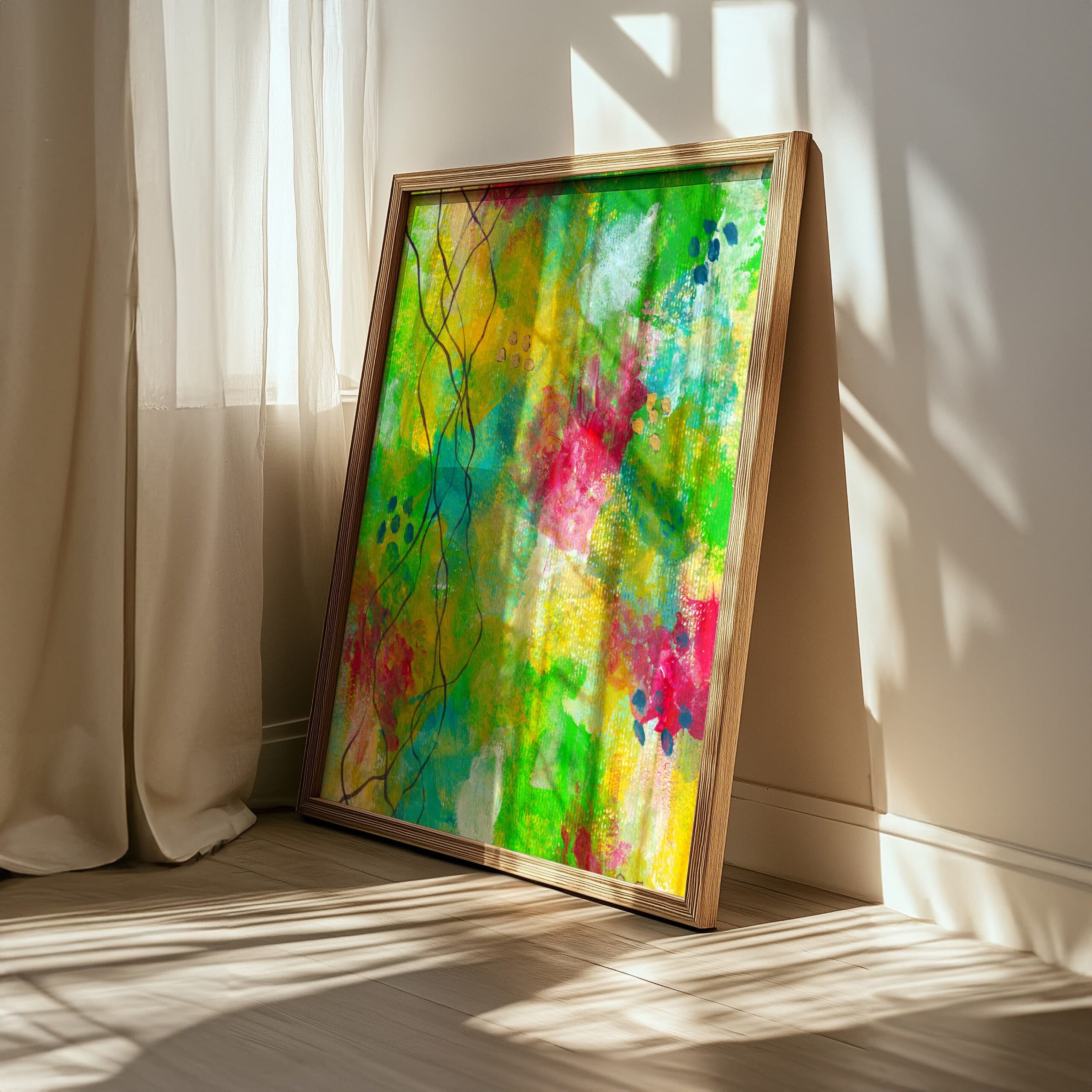
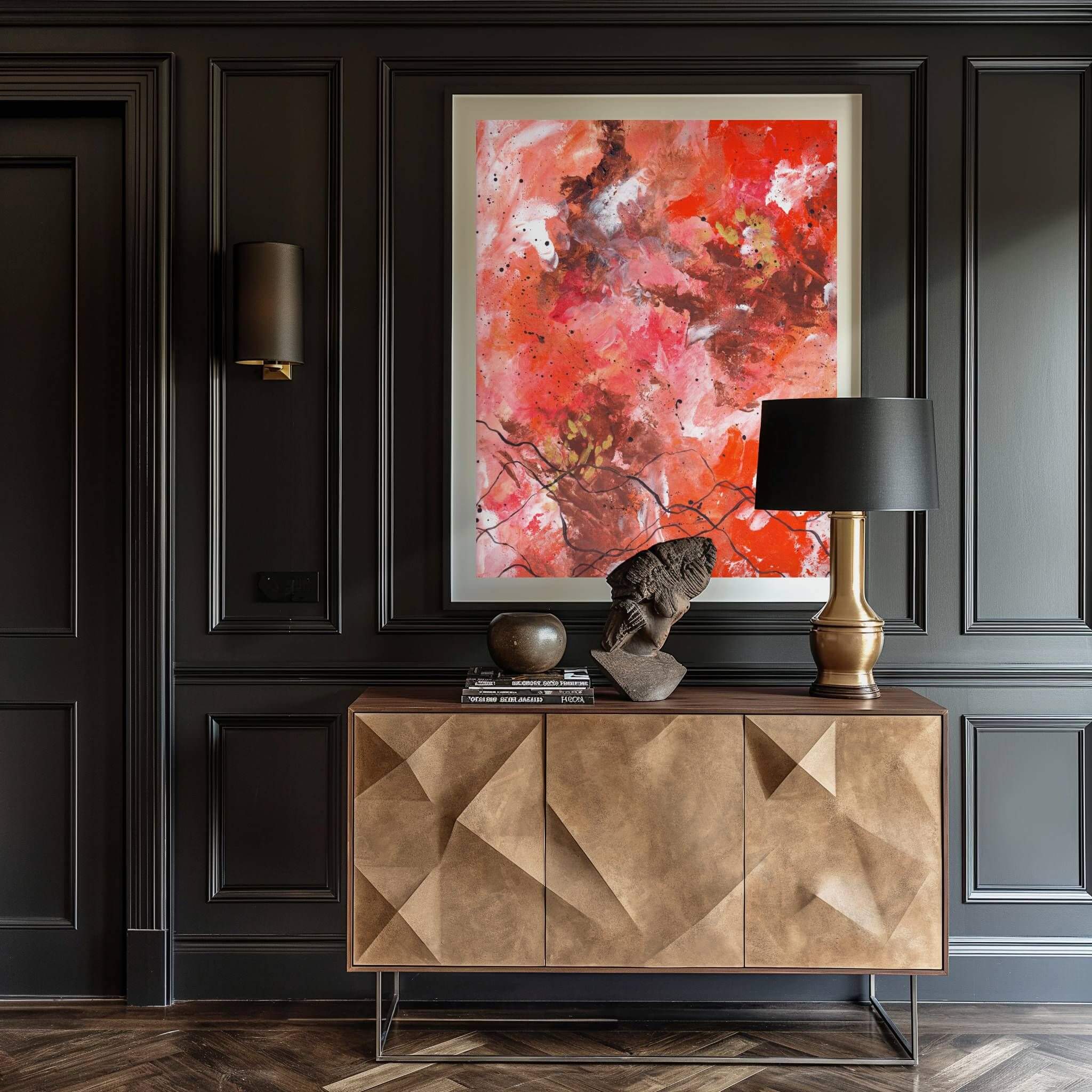
Why Modern Collectors Are Returning To Discretion
Today’s art market is louder than ever. Art fairs look more like festivals, social media feeds are full of staged installations, and buying can feel like a performance in itself. Yet underneath the noise, a growing number of serious collectors are stepping away from all that. They’re choosing discretion instead, and for good reason.
The Fatigue With Spectacle
There’s a limit to how much theatre people can tolerate before it starts to feel hollow. Collectors who already have everything they need aren’t chasing attention through their purchases. They want depth. They want resonance. They want the work to feel personal, not performative.
The Pull Towards Privacy
That’s why private catalogues and one-to-one studio relationships are becoming more attractive. Collectors can explore without the pressure of a sales pitch or the distraction of competition. It’s quieter, slower, and more intelligent.
Soulspace As An Example
This is also why Soulspace exists. It’s not a community built on noise or visibility. It’s a private space, designed for those who want to engage with art and presence quietly, on their own terms. It reflects a wider cultural shift: away from spectacle, towards discretion.
There is a big difference between buying a piece of art and supporting an artist. Buying is a transaction: money changes hands, ownership transfers, and that is the end of the story. Support is different. It carries weight beyond the object itself. It says, “I believe this work should exist, and I want to help hold the conditions that make it possible.”
The Limits Of Transactions
A transaction is clean, efficient, and forgettable. You buy, you hang, and you move on. There is nothing wrong with it, but it does not build anything beyond the object. For collectors who care about legacy, this approach feels too thin.
What Support Actually Means
Support does not mean charity. It means stepping into a role where your decision shapes more than your wall. It stabilises a practice. It allows artists to keep creating with integrity, instead of chasing quick sales to survive. Supporters understand that their role has a cultural impact.
The Emotional Difference
Collectors often describe a sense of pride when they know their involvement went deeper than a purchase. They did not just buy an object. They made it possible for more work to exist. That is the difference between being a customer and being a patron.
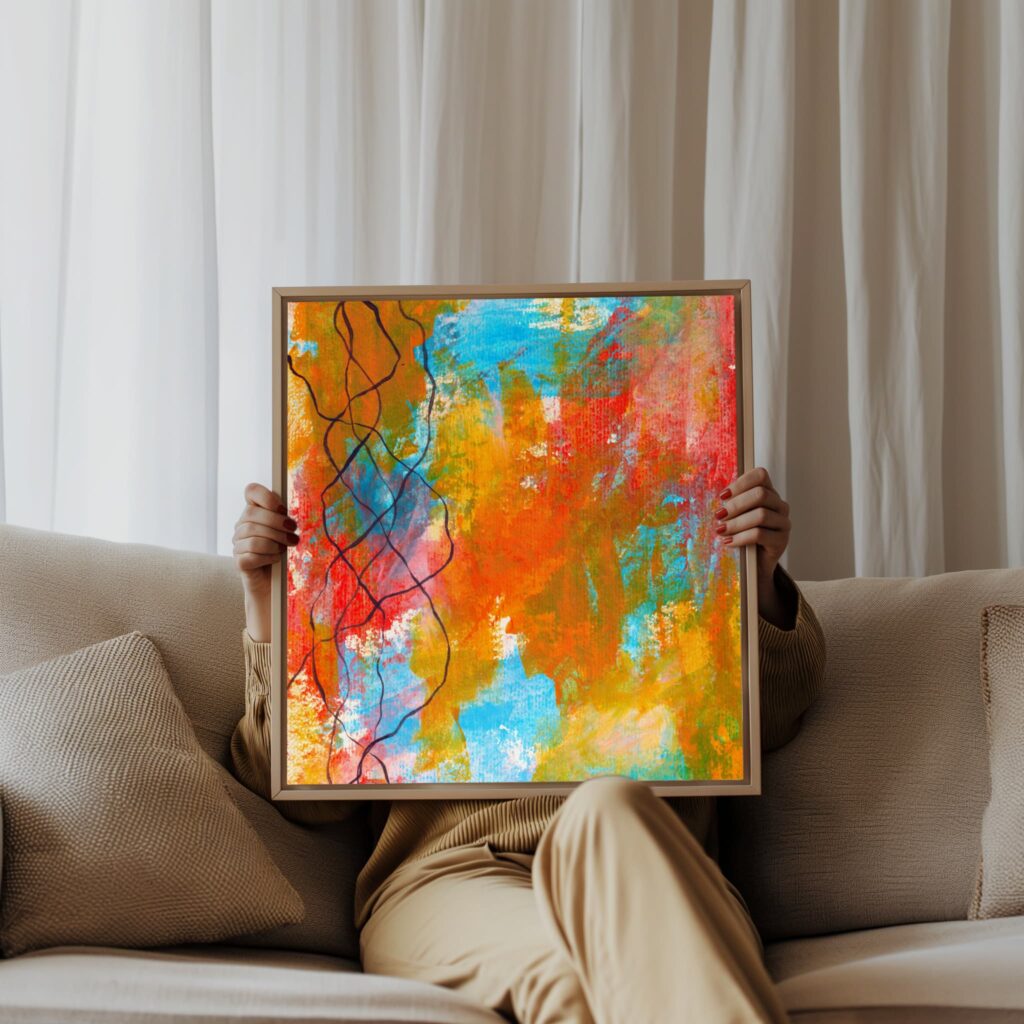
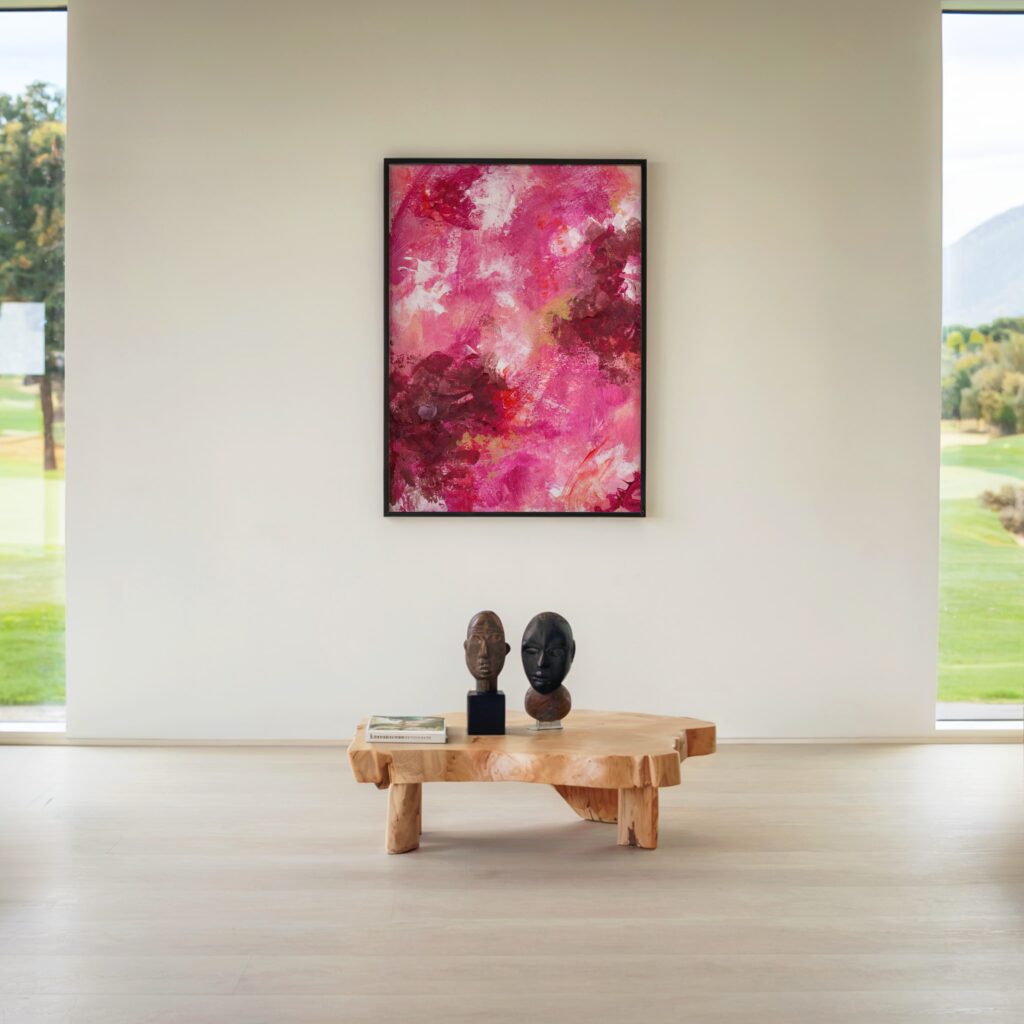
How Quiet Support Shapes The Artist’s Work
When support is steady and private, the work itself changes. Artists who are forced to constantly chase sales produce differently from those who know they are supported. The difference shows up in the depth, presence, and longevity of the work.
Freedom From Chasing Trends
An artist who is scrambling to survive often has no choice but to make what will sell quickly. That means leaning into trends, producing faster than is healthy, and compromising presence for performance. Quiet support removes that pressure.
The Stability To Build Depth
Support allows for slower processes, experimentation, for failure that leads to breakthroughs. It means the artist is creating from a place of stillness, not desperation. The work that emerges from that environment carries more weight and often becomes the kind of work that lasts.
The Presence You Can Feel
Collectors who buy from supported artists often notice that the work feels different. It is calmer, more assured, less frantic. You can tell when a painting has been made from the presence rather than panic. Support makes that difference possible.
The Emotional ROI Of Patronage
Support is often measured in numbers: what you gave, what you received, and what the resale value might be. But emotionally intelligent collectors know that the real return on investment in patronage is not financial. It is emotional, and it shows up every single day.
The Return You Actually Feel
When you support quietly, you know the work exists partly because of you. That awareness carries a sense of grounding. It changes the way you live with the work and deepens your connection to it.
Cultural Continuity As A Return
ROI can also be measured in what continues because you chose to give. Practices that might have ended survive. Ideas that might have been lost find their place. Quiet support ensures cultural continuity, which is a return you cannot put into figures.
A Legacy Beyond Ownership
Patronage builds a kind of return that goes beyond your own collection. It anchors your role in a larger story. You become part of a lineage of supporters who chose presence over performance. That is emotional ROI in its truest form.
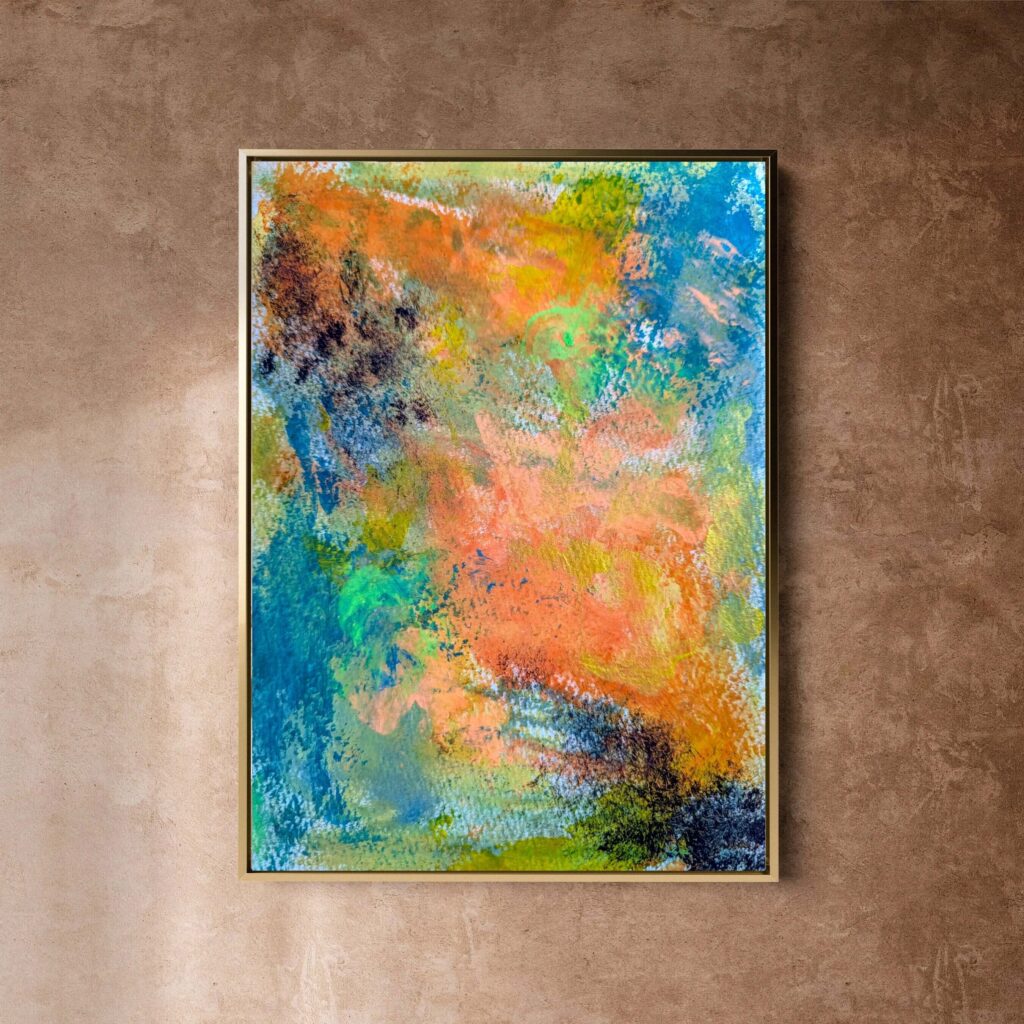
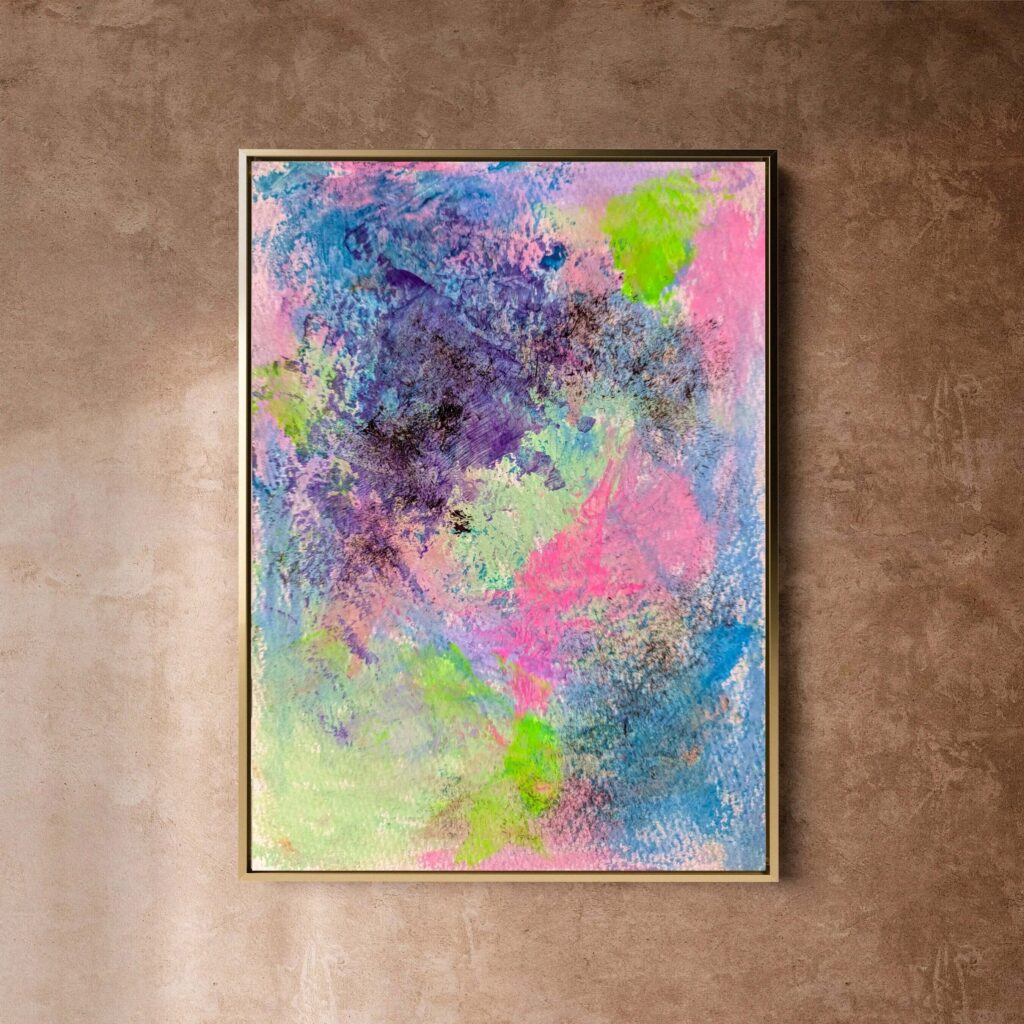
Soulspace And The New Kind Of Quiet Community
Most communities in the art world are built around noise. Openings, private views, online forums, endless newsletters, there’s always pressure to keep up, to be seen, to comment. That constant activity doesn’t create depth. More often, it creates fatigue. Soulspace was built as a response to that. Instead of noise, it offers quiet. Instead of demanding engagement, it offers space to step back.
Why Quiet Communities Hold Weight
Not everyone wants another place to perform. For many collectors and supporters, the real luxury is to be able to engage without pressure. Soulspace was designed around that principle. It isn’t an event calendar or a chatroom. It’s a seasonal space for reflection, where people can step in and out on their own terms. That kind of restraint is rare, and it’s exactly what makes it valuable.
Depth Over Performance
Because Soulspace doesn’t run on visibility, the people who choose to be there come for depth. They’re not measuring their involvement by how much attention they attract. They’re looking for alignment, resonance, and presence. It functions more like a private channel than a public square, which is why it works as a modern form of patronage.
How This Builds Legacy
The absence of noise creates continuity. A collector who joins Soulspace isn’t just supporting an artist in a single transaction; they’re taking part in a structure that quietly sustains work over time. That consistency, repeated over seasons, is what allows legacy to form. It doesn’t need to be loud to be strong.
Privacy As The New Luxury
For a long time, luxury meant being seen. Collectors made their presence known through big purchases at auctions, through public donations, or through the way their collections were displayed. That version of luxury has started to feel outdated. What many serious collectors now value most is privacy — the ability to live with work without the constant demand to show it off.
Why Discretion Matters More Than Ever
Collectors who already have visibility in their lives rarely want more of it. They’ve built companies, sat on boards, and appeared in magazines. Their collections don’t need to add to that noise. They want intimacy with the work, not attention from others. Privacy allows them to own without performing.
Quiet Transactions Over Public Gestures
This shift is why private catalogues and one-to-one studio conversations have become more attractive than art fairs and gallery theatre. Buying directly, supporting privately, or stepping into something like Soulspace gives collectors the space to choose without performance. There’s no need to prove anything, and that freedom changes the experience.
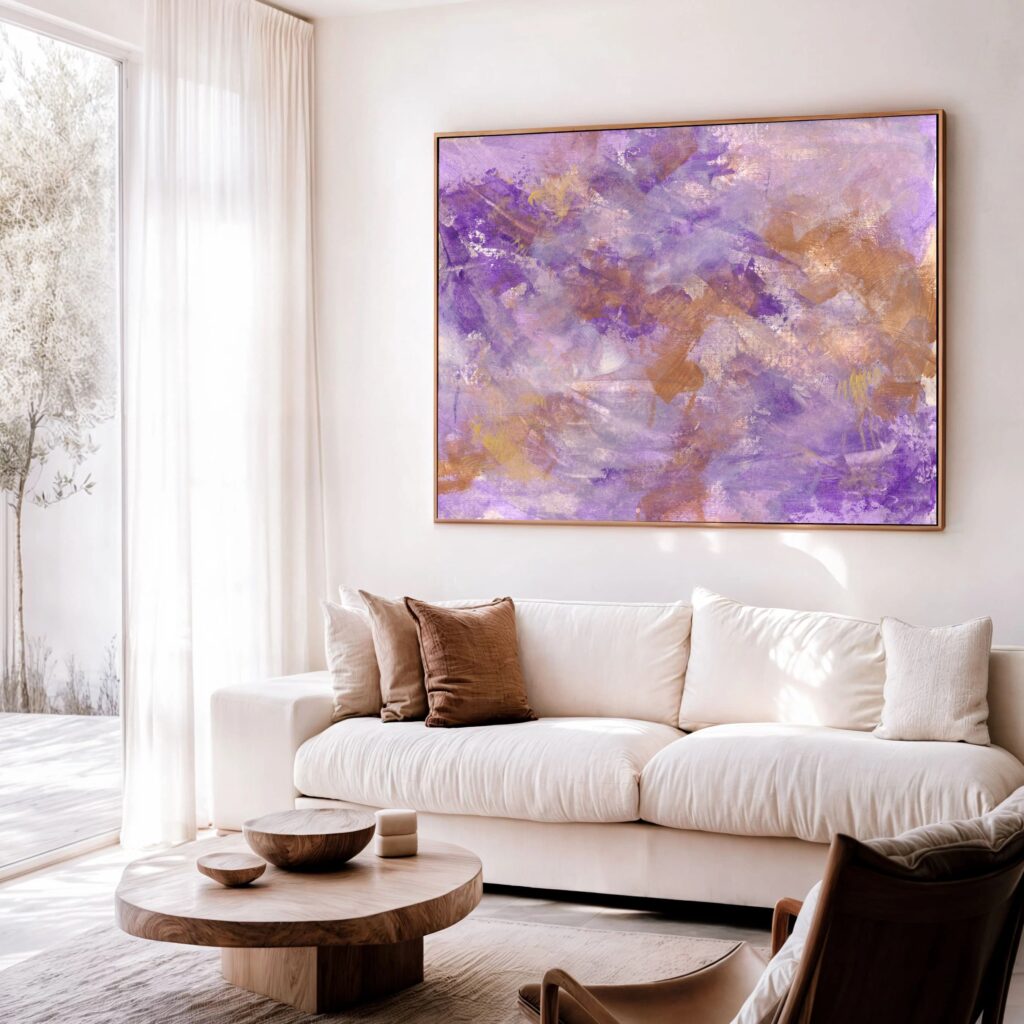

The Ripple Effect Of Quiet Support
Quiet support rarely makes headlines, but its effects are rarely contained to a single exchange. When you choose to support quietly, you’re not just helping an artist in that moment. You’re creating conditions that extend into the work itself, into the rooms that work will inhabit, and into the wider culture. The influence travels quietly, but it travels far.
How Quiet Influence Actually Works
A painting created because you stepped in with support doesn’t just stop at your wall. Maybe you live with it for years before it moves to another space. Maybe it enters a family collection and gets passed on. Maybe it inspires further work in the studio that reaches someone you’ll never meet. The ripple doesn’t need to be dramatic to be powerful. It’s built into the fact that without your decision, none of those outcomes would have existed.
Why Subtle Support Outlasts Loud Gestures
Loud sponsorships are designed to dominate the moment. They secure attention, stamp a name on a wall, and then fade when the next sponsor steps in. Quiet support is different because it embeds itself in the work itself. The conditions you created, stability, presence, and the ability to work without distraction, become part of what the artist produces. That presence moves forward in ways you can’t always trace, but you can trust it will outlast the press release.
Remaining Invisible But Enduring
One of the paradoxes of legacy is that the less you demand recognition, the more enduring your impact becomes. When you support without noise, the work speaks for itself, and your influence becomes inseparable from it. Years later, no one may know your name was tied to the moment, but the art will still exist. That’s the quiet strength of patronage: the ability to shape culture without needing to stand in front of it.
Legacy As Emotional Continuity
Legacy is often misunderstood as a public statement, something written into catalogues or attached to institutions. But for collectors who think with presence, legacy is more private. It is about emotional continuity, the way a piece of work continues to shape lives even after its first owner is gone.
Legacy Without Public Fanfare
You don’t need to see your name in a museum brochure for your choices to matter. Legacy can be as simple as a painting that steadies your family for decades, then continues to do the same for the next generation. Quiet continuity often holds more weight than any loud gesture.
Choosing What Ages Well
Trend-led pieces rarely hold their strength. A work that feels powerful because it resonates with your own life will almost always age better. Emotional presence outlasts style, and the right piece will carry that weight forward no matter how tastes shift.
The Role Of Documentation
Legacy isn’t just in the work itself. It’s also in how you pass it on. Keeping notes about why you chose a piece, what it meant to you, and how it shaped your space gives it continuity. Future owners will live differently with it if they know the story.
My Offerings
Whether you’re a private collector, a wellness-focused brand, or a designer sourcing for a high-calibre project, I offer art that resonates deeply and subtly.
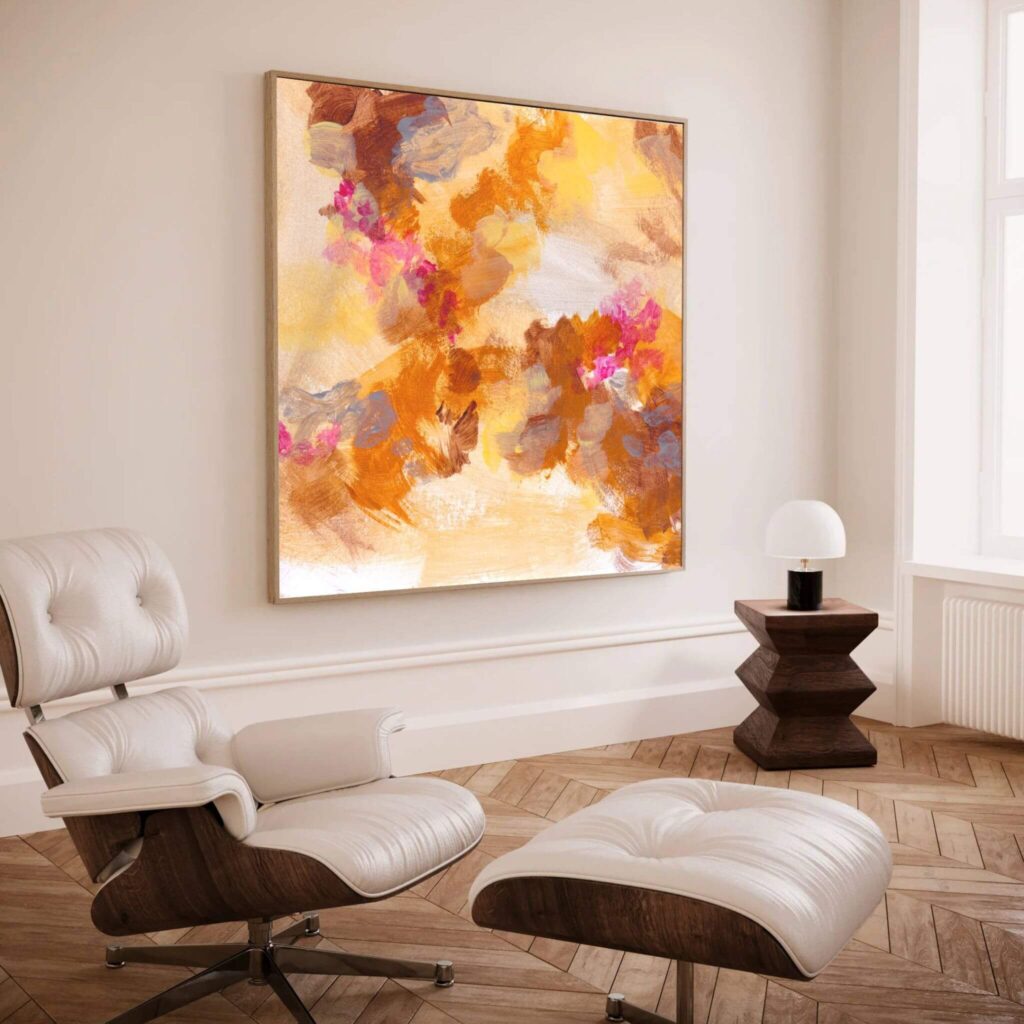
Collector's Vault
Canvas prints from the archive, made with emotional resonance and sustainable materials for spaces seeking depth.
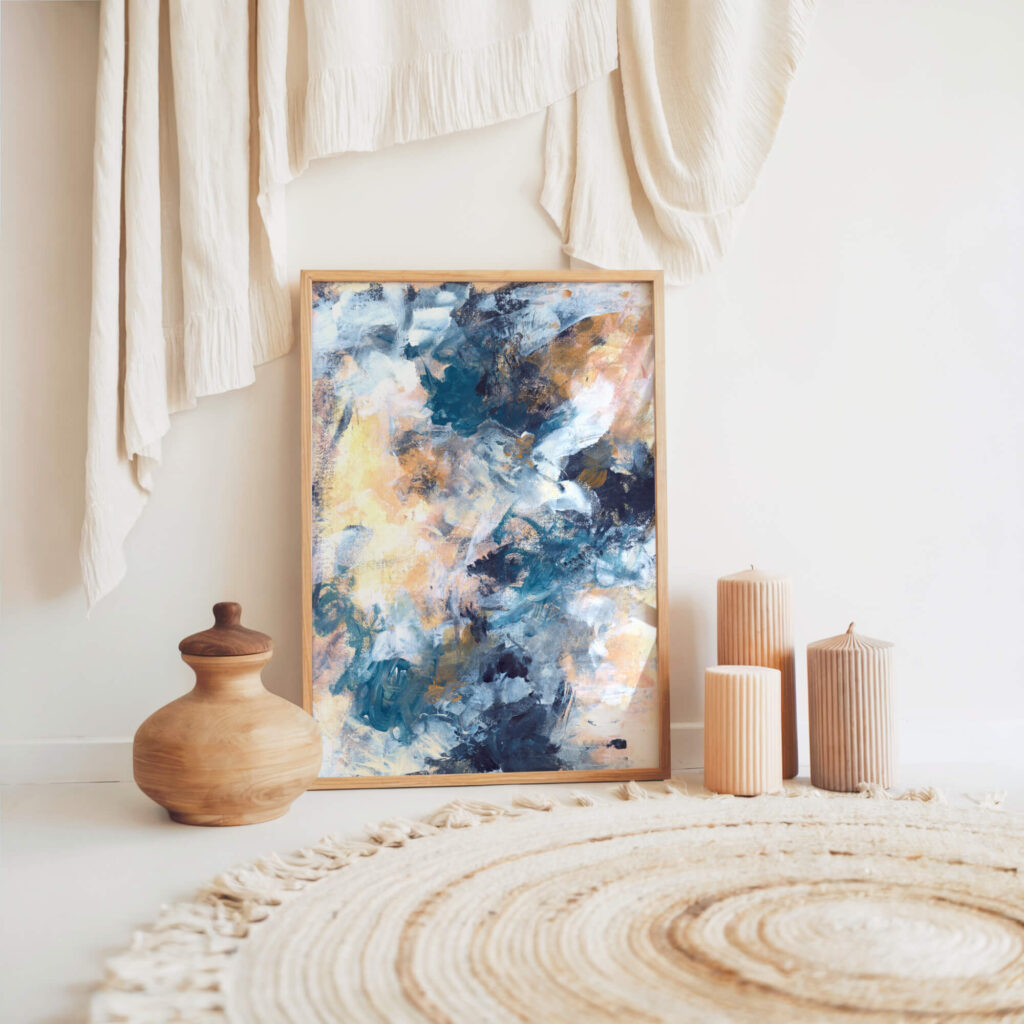
Capsule Commission
Created privately, one at a time, through stillness and reflection. Limited spaces each season to preserve depth and intimacy.
The Last 10
Ultra-limited, hand-embellished editions. No more than ten will ever exist. Made to ground, steady, and hold presence at the highest tier.
Why Quiet Support Appeals To Emotionally Intelligent Collectors
Not every collector is drawn to quiet support. Some people want performance, visibility, or speculation. But emotionally intelligent collectors tend to seek out discretion and depth because it reflects how they already live.
Alignment With Values
When your values are rooted in presence rather than performance, quiet support is a natural fit. It doesn’t demand a stage. It respects privacy. It allows you to build a collection that matches the way you already navigate the rest of your life.
A Role In Cultural Stewardship
Buying art is one thing; stewarding culture is another. Quiet support appeals to those who see their role as bigger than personal ownership. It acknowledges that art survives because of those willing to hold it without needing applause.
Why Discretion Feels Luxurious
For many collectors, discretion itself has become the rarest form of luxury. In a world where everything is broadcast, the choice not to perform carries weight. Supporting privately is often more satisfying than being seen supporting loudly.
Building Your Own Quiet Legacy Through Support
Quiet support isn’t just a historical concept or something reserved for a select few. It’s a practical choice you can make with your own collection, starting wherever you are.
What It Looks Like In Practice
It might mean stepping into a private catalogue instead of a public sale. It might mean joining Soulspace to engage in a slower, seasonal rhythm. Or it might mean offering patronage directly, with no need for public acknowledgement. Each option builds continuity in a way that transactions alone can’t.
Anchoring Your Values In Action
A collection reflects what you believe. Choosing quiet support signals that your values are rooted in presence, not performance. Over time, the pieces you gather will tell that story more clearly than any statement could.
The Legacy You Leave Behind
The legacy of quiet support is twofold: the art continues, and the story of how you chose to support continues with it. Even if your name never makes a catalogue, the choices you made will live on in the work you helped exist.
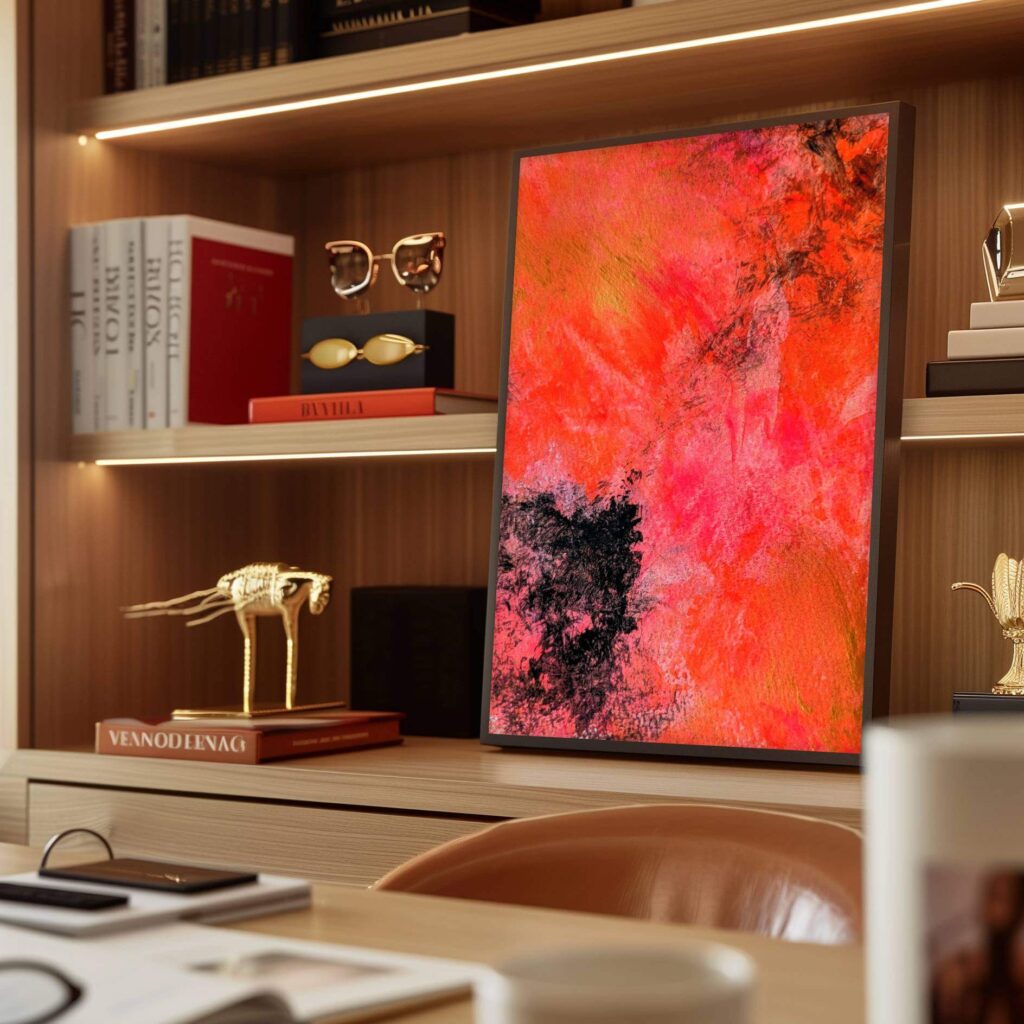
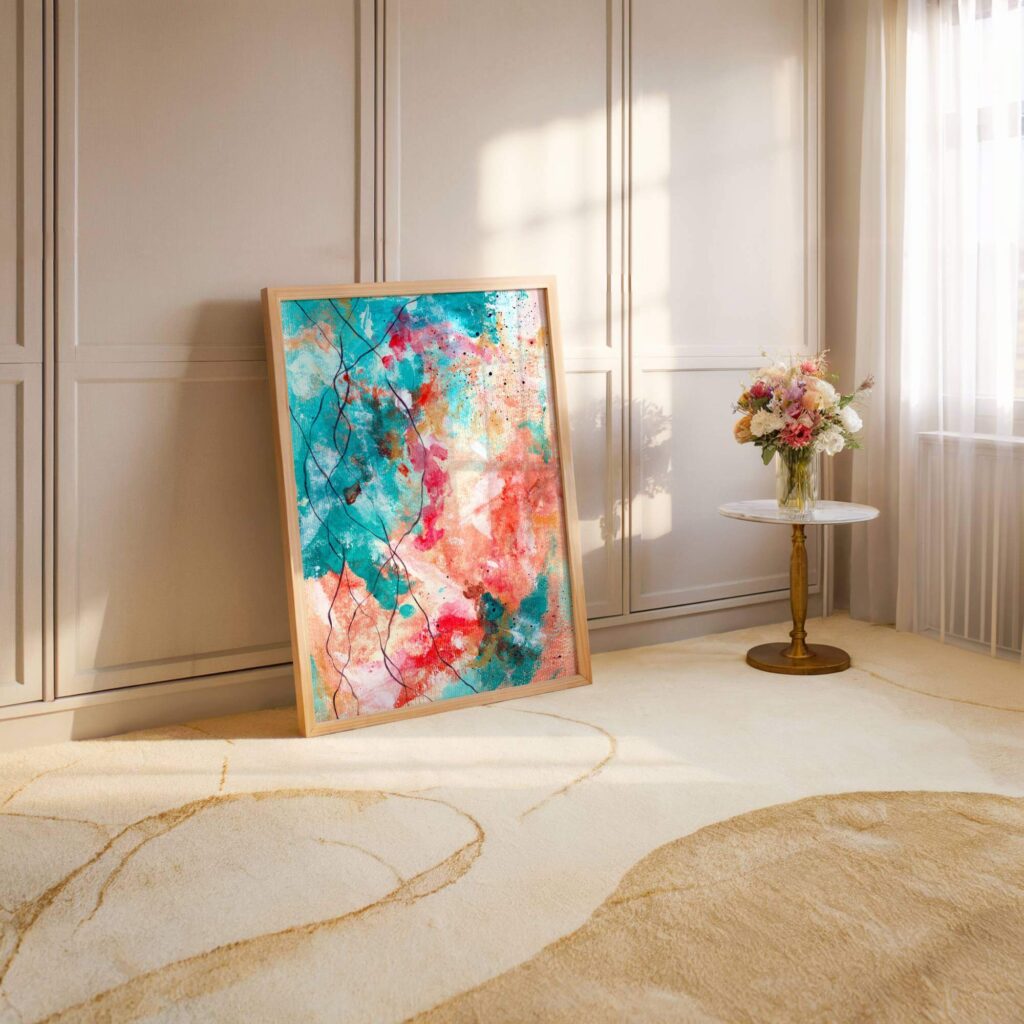
Conclusion: The Silent Strength Of Support
The legacies that last in art are rarely the ones that shouted the loudest. They are the ones that were built quietly, with steady support that didn’t need to be performed in public. The spectacle looks impressive while it lasts, but it passes quickly. What endures is the work that was given room to breathe, and that room is almost always created by people willing to support without demanding the spotlight.
Quiet support changes the experience for everyone involved. For artists, it provides stability, the chance to work from presence rather than pressure. For collectors, it turns ownership into something more than decoration. It becomes a reflection of values, a way of living with work that feels aligned and lasting. For culture, it ensures continuity. The work doesn’t disappear with the news cycle; it continues to anchor spaces and lives long after the performance has ended.
If you’re looking for ways to step into that role yourself, there are quiet options. Patronage offers direct, private support that sustains a practice without noise. Soulspace exists for those who want to engage with depth in a slower, seasonal rhythm, without the pressure to perform. Neither require fanfare, and both are built on the same understanding: noise fades, but steady, thoughtful support is what holds.
